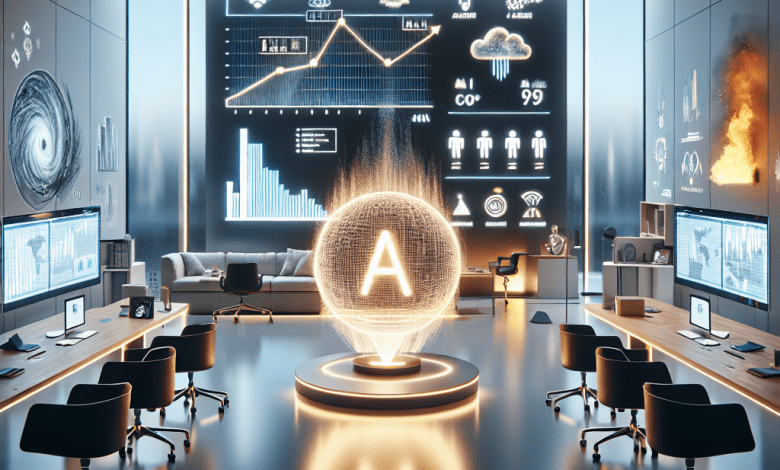Greener AI: Driving Energy-Efficient Machine Learning

AI’s Energy Crisis: Moving Toward a Greener Future
From sleek hardware to smarter algorithms, the tech world is racing to tackle AI’s environmental challenges. The truth? AI’s energy demands aren’t just minor bumps in the road—they’re a big deal. Think massive electricity bills, heavy water use, and significant carbon emissions. The good news? Change is coming, and 2025 could be a turning point. Here’s how companies, researchers, and policymakers are stepping up to make AI more sustainable.
The Rise of Energy-Efficient Hardware
One exciting breakthrough? Custom chips designed for AI tasks. Big players like NVIDIA, Google, and Intel are leading the charge. For example, Google’s upcoming TPU v5, set to launch in 2025, is expected to cut energy use by 40% while delivering better performance for training AI models.
And let’s talk about Cerebras Systems. Their wafer-scale processors are game-changers. By eliminating data transfer bottlenecks between chips, they reduce energy waste and deliver impressive power. A win-win for developers and the planet.
Smarter Algorithms, Leaner Models
Hardware isn’t the only star of the show. Developers are also getting creative with software. Smaller, more efficient AI models are now rivaling their bulkier counterparts. How? With techniques like:
- Knowledge distillation – Simplifying models while keeping their accuracy.
- Pruning – Removing unnecessary parts of a model.
- Quantization – Using less precision to save power.
Take Meta AI’s LLaMA (Large Language Model Meta AI), for example. It’s a lightweight alternative to larger models, proving you don’t need a powerhouse to perform well. OpenAI is on a similar path, optimizing its models to use less energy without compromising results.
Renewable-Powered Data Centers
Cloud providers are taking sustainability seriously. Microsoft is going all-in on renewable energy with modular data centers powered by sustainable sources. Their innovative “liquid immersion cooling” tech reduces water use and boosts energy efficiency by up to 25%.
Meanwhile, Amazon Web Services (AWS) is doubling down on wind and solar farms. Their goal? To run their global operations entirely on renewable energy by 2030. Businesses using their energy-efficient AI instances are proving that innovation and sustainability can go hand in hand.
Emerging Standards for Transparency
As AI’s energy use becomes a hot topic, transparency is gaining traction. Initiatives like the AI Energy Star project aim to help users compare model efficiency. These certifications might soon become mandatory, with governments pushing for accountability.
In Europe, the upcoming Green AI Directive will require companies to report energy consumption, carbon emissions, and water usage for their AI services. Full transparency by 2026? It’s on the horizon.
The Road Ahead
The journey toward sustainable AI isn’t over, but 2025 is bringing some real progress. With energy-efficient hardware, smarter algorithms, and renewable energy, the tech industry is finding ways to shrink its footprint. As public awareness grows and regulations tighten, greener AI could become the norm. And honestly? It’s the step we need to balance innovation with protecting our planet.
Curious to learn more? Check out the full story on AI News World.
Stay Ahead in AI
Get the latest AI news, insights, and trends delivered to your inbox every week.





3 Comments